“I learned that everything is possible”: Q+A With Marlene Marder of Kleenex/Liliput
[In celebration of the 10th issue of She Shreds, we will be posting some of our favorite selections from across our print catalog throughout April. The feature was originally published in the second issue of She Shreds Magazine, October 2012 and has been edited for timely accuracy. Subscribe here and receive your copy of She Shreds’ 10th issue when it is released later this month!]
In 1977, the first waves of punk hit the still-quiet scene of Zürich, Switzerland. Early adopters of the genre began to form bands, and within a few years, Kleenex was at the heart of the scene.
And at the center of it all was now-legendary guitarist Marlene Marder. By 1983, the threat of a lawsuit from the corporation that Kleenex’s name was derived from led to a switch to the name Liliput. The three-piece disbanded shortly thereafter, but their underground fan base has continued to spread thanks to their wild, abrasive, funny, and carefree character. Their legacy for paving the way for women in punk lives on today.
She Shreds: How did you start playing with Kleenex/Liliput? Was it difficult to find other women who wanted to play the same style of music you did?
Marlene Marder: It was difficult, but also not, because Kleenex was the only band back then with this style. There were a lot of women playing in sort of blues and soul bands. Even though I liked this kind of music, I didn’t want to play that, neither with guitar nor saxophone. I was looking for something different, which I found with Kleenex.
Before Kleenex you played in a band called the Nasal Boys, but left after they refused to let you play saxophone! What made you switch to guitar?
Kleenex needed a guitar player! I met Klaudia (bassist of Kleenex) at a Nasal Boys concert. The guitarist of Nasal Boys played with Kleenex as a side project. Klaudia invited me to their rehearsing room where I learned the four songs they had on guitar. I went to see the first Kleenex gig, of course. The guitarist was fed up playing four songs over and over again, but the audience went crazy and wanted to hear them all over again. So I asked him for his guitar to replace him and went on stage to join the group. The audience became even crazier, as they were witness of the establishment of the “real” Kleenex.
After you gained attention from Rough Trade, you were able to tour with bands like Bush Tetras and the Raincoats. How did the experience differ from playing back home in Switzerland?
I felt that something really great was going on, and we were a part of it. I also learned that there weren’t, and still aren’t, any borders for music.
What was your favorite experience as a band?
I think it was the good times we spent together, the fun we had, and to be able to make a lot of noise for hours. On tour, it was about sharing a good time with the audience and to be friends with other bands.
The staying power of your songwriting has shown itself in the all-time favorites lists of countless guitar players and songwriters. How did you approach writing songs?
We met in our rehearsing room, sometimes with a clear idea of lyrics, maybe something had happened that day. Our surroundings gave a lot of inspiration. Or we just jammed until we thought, “that sounds good, we should keep that for a song!” Sometimes I brought a melody along to show the others. If they liked it we would use it.
After the band broke up, you ran a record store and did some tour booking in Europe. Do you still feel connected to the music scene?
I do feel connected, but I’m not so involved anymore. I watch and enjoy from distance.
In most of the pictures of you playing guitar in your tour diary, you appear to be playing a Fender Stratocaster. What guitar did you like playing then and why? How about amps and pedals?
I always played this Fender. Once I used a Rickenbacker (as second guitar), but it did not fit very well. I had a Peavey Deuce amp. On tour, without my own equipment, I often used a Fender Twin Reverb. There were no pedals with Kleenex/Liliput. With Dangermice, I also played my Fender Stratocaster through a Marshall amp and used a RAT distortion pedal.
What is your favorite setup now?
It is still my Fender Strat with Marshall MS-4. [This guitar is currently on display in an exhibit on electric guitars in the Museum of Communication in Berne, Switzerland.]
You’ve also been an activist for environmental protection, going to college for it and working for the World Wildlife Fund. Do you feel your music is inspired by activism?
I guess our music was inspired by that time, maybe activism, too, art and DIY. We didn’t think much in such terms, we just played. We never ever had the idea that our music would last this long.
What did you learn from playing in a band that you were able to take with you into this career?
I learned that everything is possible.
Kleenex/Liliput was active from 1973 to 1983, but Mississippi Records released a 4xLP box set in 2011 of the band’s collected works. How did you feel about this process and the new generation of interest in the band?
We are very honored and pleased to have this LP box released. Also to have a new generation of listeners who also share the spirit of doing this kind of music or feel free to play whatever they like. We are very happy to still be an inspiration.
Want to read more from Issue #4? Head over to shop.sheshreds-staging.jzck3hem-liquidwebsites.com and order your issue today!
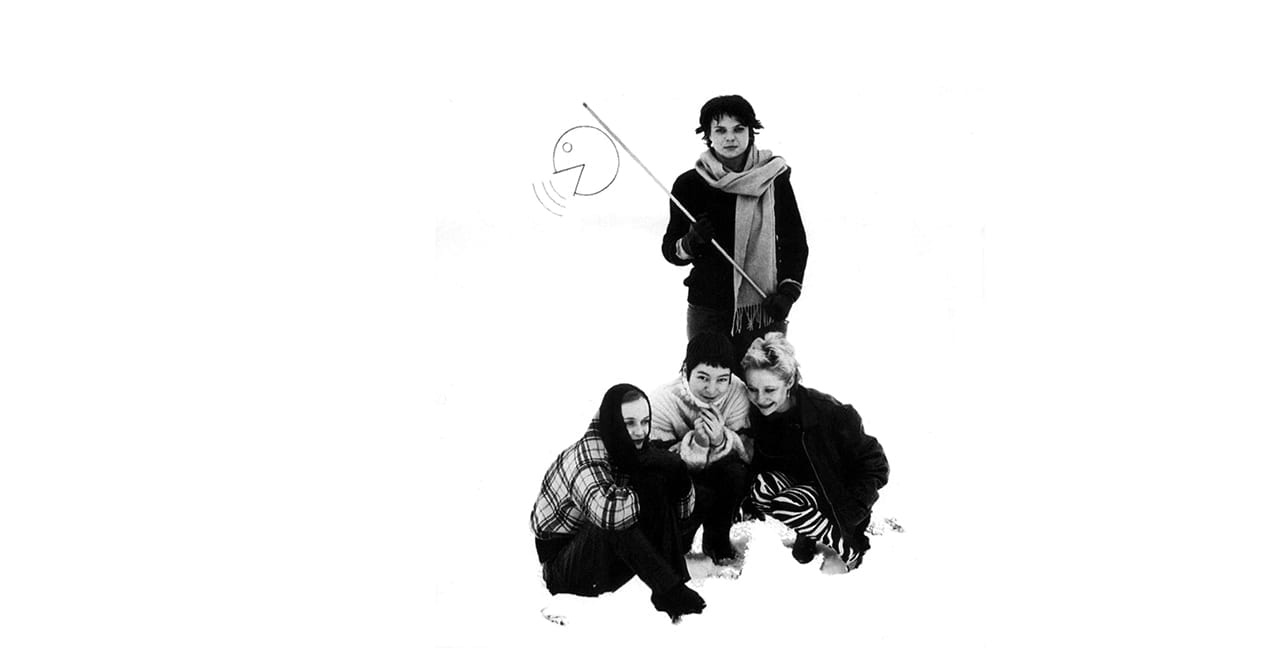


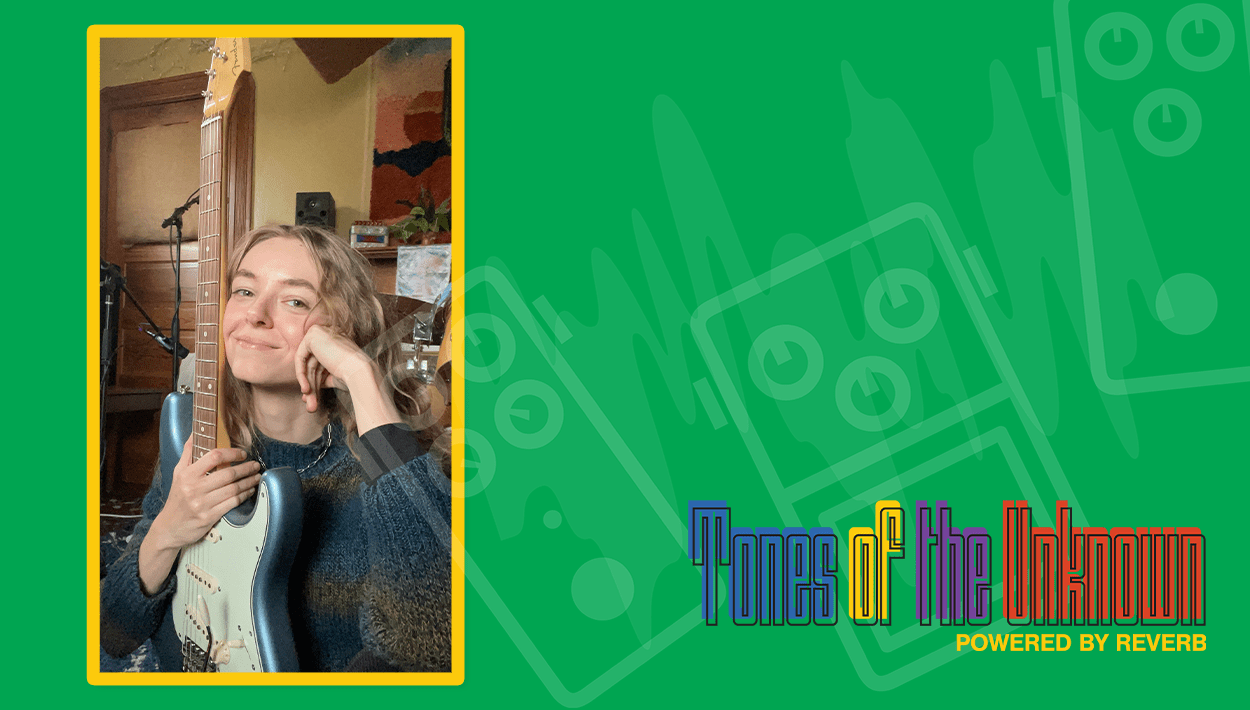
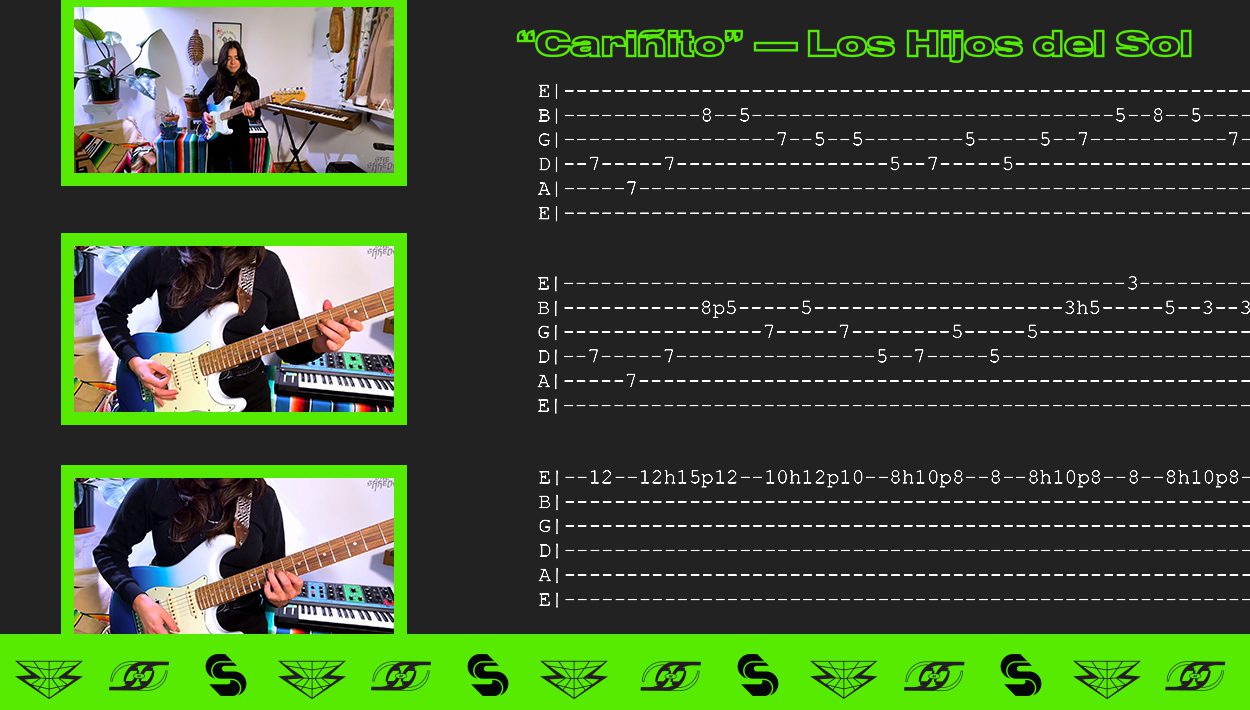
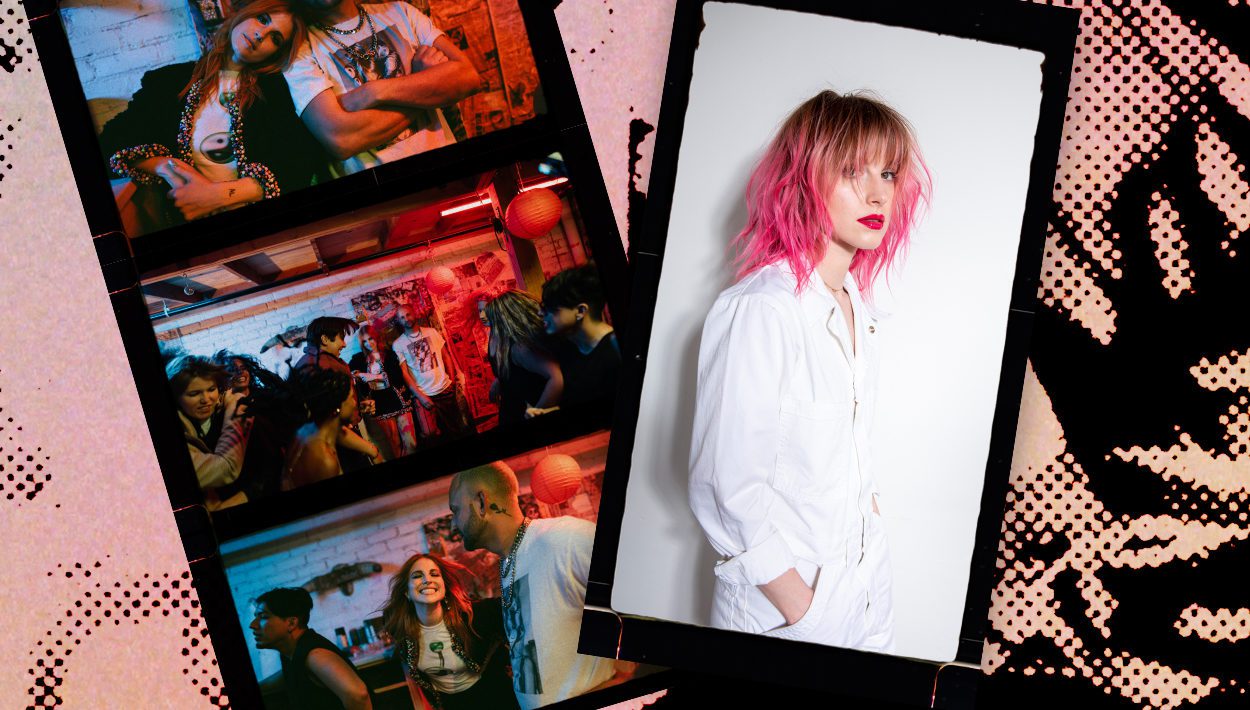


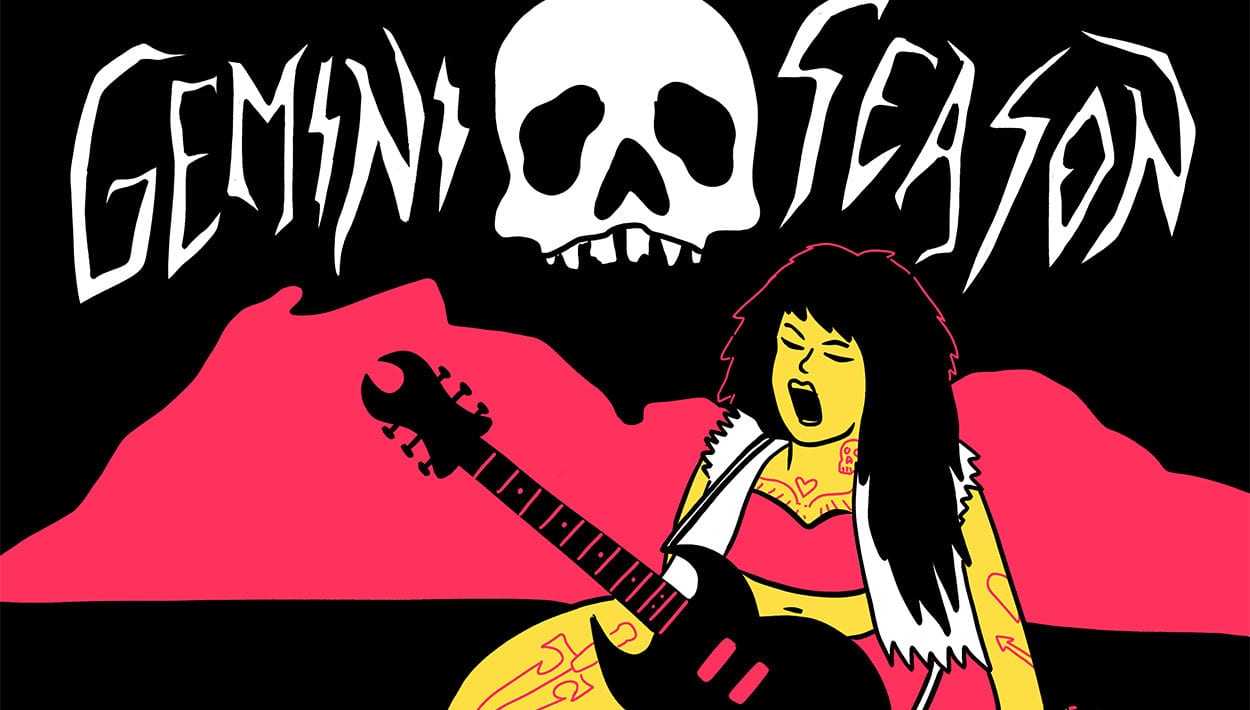

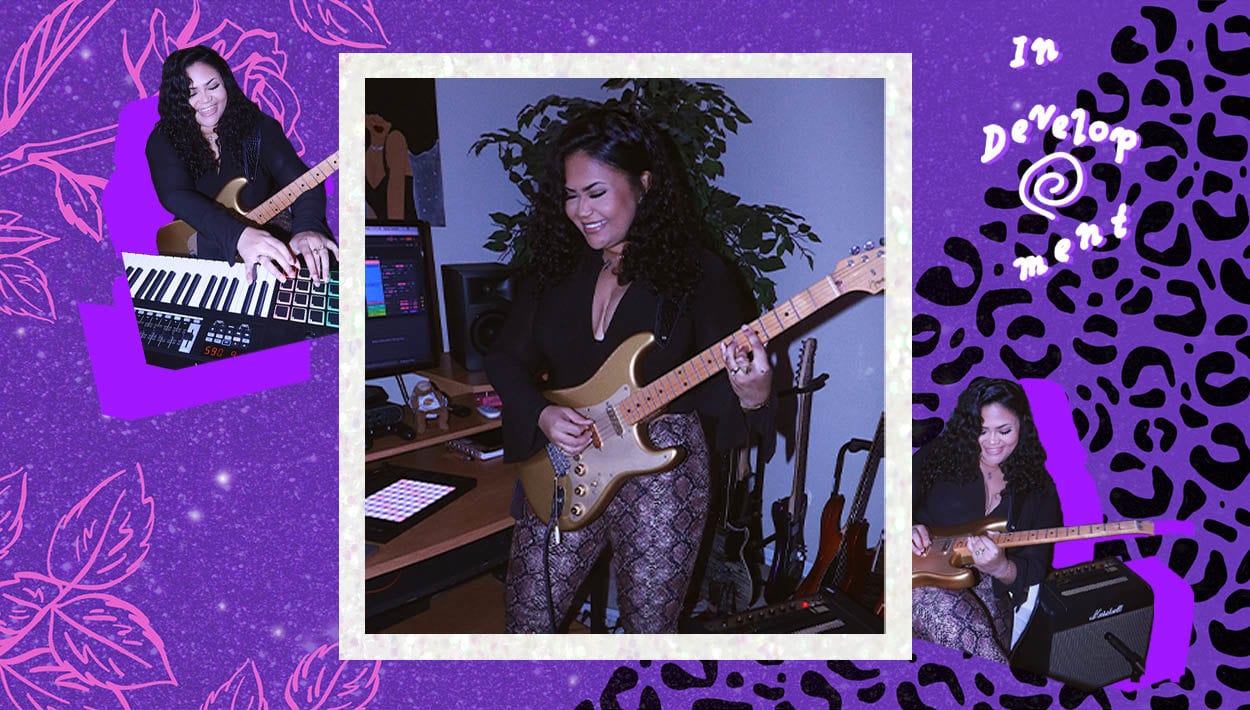
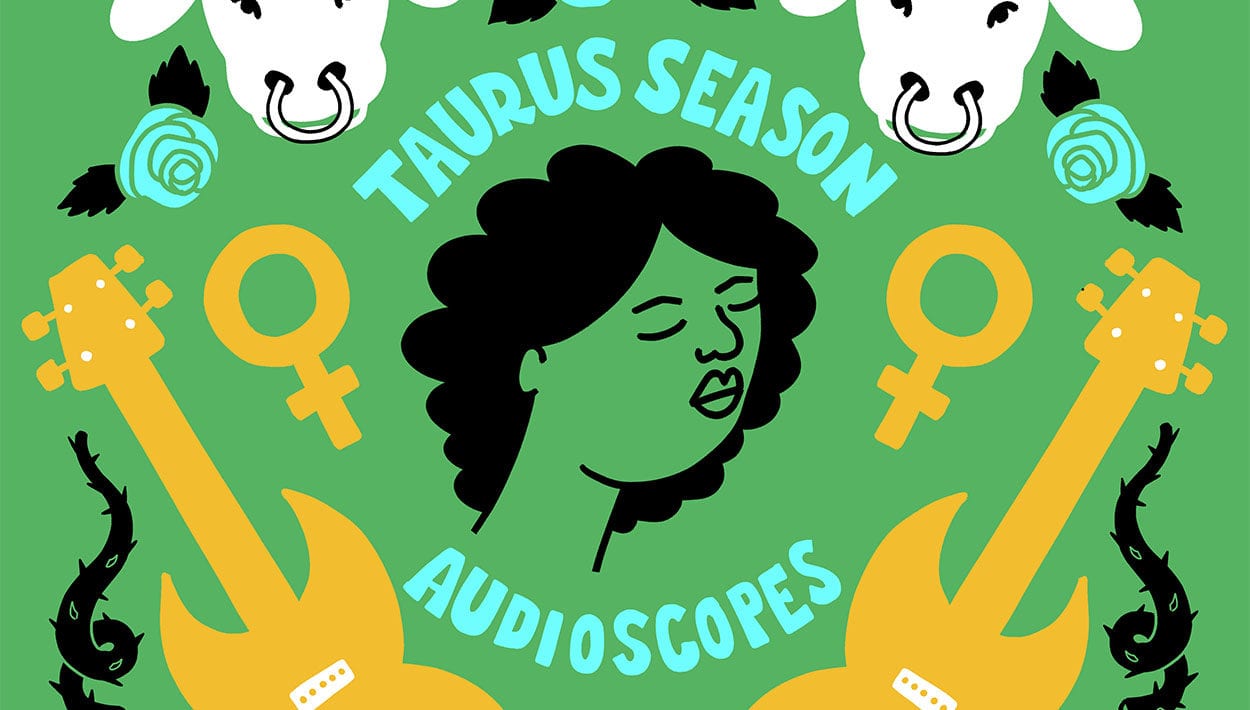


Comments
[…] Marlene Marder: 1954 – May 15th, 2016 […]
Pingback by She Shreds Media on August 3, 2020 at 10:34 am